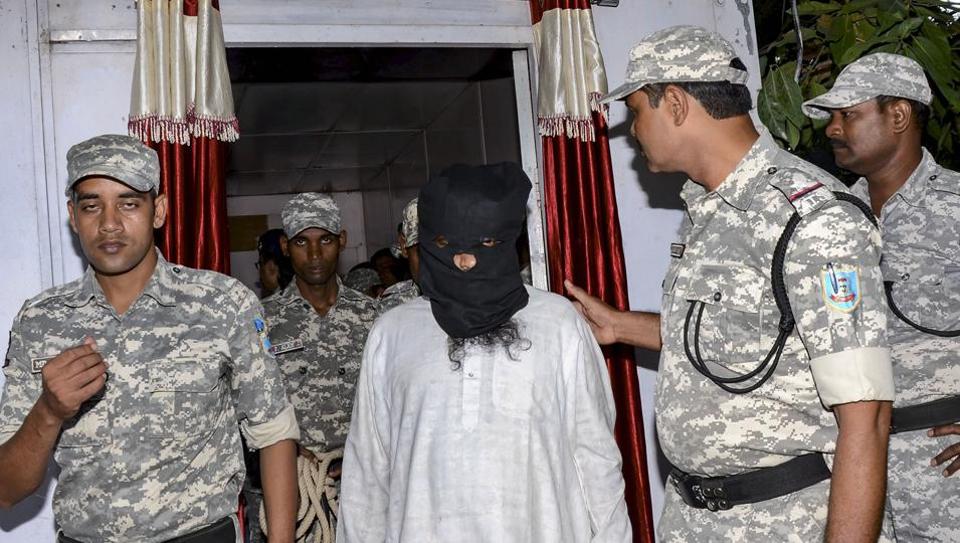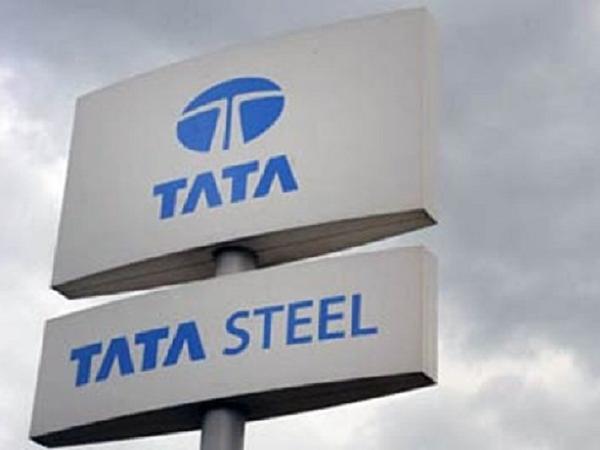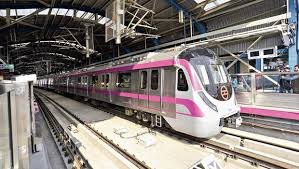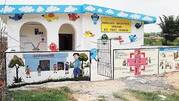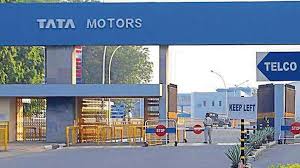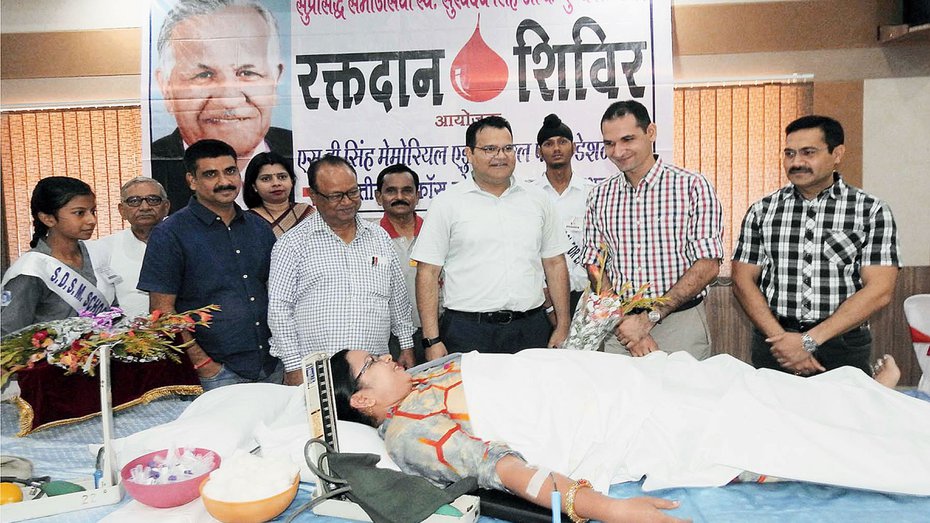Source: hindustantimes.com
Jharkhand police’s anti-terrorist squad (ATS) has arrested suspected Al Qaeda in Indian Sub-continent (AQIS) terrorist Kalimuddin Mujahiri, who had been absconding for more than three years, officials said in Ranchi on Sunday.
The most wanted terror suspect, a madrasa owner, was picked up by a special team of ATS from Tatanagar railway station in Jamshedpur late on Saturday night and rushed to Ranchi.
“He has been changing locations and appearances continuously to dodge the police. We had formed special teams which have been keeping an eye on him and tracing his possible locations,” Murari Lal Meena, additional director general of police (ADGP, operation), said while speaking to HT.
“As soon as we got a tip-off that Kalimuddin had come to his home in Azad Nagar, Jamshedpur, our team arrested him from Tatanagar station last night,” Meena said.
“He was absconding for the last three years and this (his arrest) will help us in cracking the AQIS network in Jharkhand and also other parts of the country,” he added.
Kalimuddin and his son Huzaifa were believed to have fled to Bangladesh or Nepal after being released by Jamshedpur city police in 2016. They were released after some local leaders in Mango area of the city assured the police that they will produce them in a police station whenever required.
“Kalimuddin has been visiting Bangladesh, Saudi Arabia and South Africa apart from brainwashing youths and mobilising them to join AQIS in Jharkhand, Asansol, Kolkata, Gujarat, Mumbai and Uttar Pradesh,” Meena said.
“He has close links with arrested AQIS top recruiters Abdul Rahman Ali Khan Katki alias Haider alias Masood and Jamshedpur-based Abdul Sami alias Ujjair alias Hassan. Katki always stayed in Kalimuddin’s home or madrasa and used it as a hideout often,” he said.
Katki was arrested by Delhi Police’s special cell from Odisha’s Cuttack in December 2015 and Sami from Nuh in Haryana in January the next year.
Syed Md Zeeshan Ali Haider, also from Mango, was arrested in Delhi on August 10, 2017, after being deported from Saudi Arabia. His brother Syed Md Arshian Ali is believed to have joined ISIS in Syria.
Katki, Sami and Zeeshan are lodged in Tihar Jail in Delhi.
Kalim is the ninth in the list of suspected AQIS operators in India and fourth from Jharkhand against whom proclaimed absconder order was issued by the courts so far.
ATS sources said another wanted terrorist Abu Sufiyan from Chatra has been traceless for long and believed to have been in jail in Syria after allegedly joining ISIS.
Kalimuddin’s son Huzaifa also studied at Katki’s madrasa near Cuttack where ATS and Delhi Police special cell claimed that host of young men from Jharkhand, Odisha and West Bengal were brainwashed to join AQIS.
ATS had attached the property and belongings of Kalimuddin in September 2017 in Azad Nagar and his madrasa Jamia Mohammad Bin Abdullah Madrassa where AQIS chief operator Katki used to stay during his city visits since 2001.
The court of chief judicial magistrate (CJM) in Jamshedpur had issued the proclamation order declaring Kalimuddin a proclaimed absconder on September 23, 2016, under section 82 of criminal procedure code (CrPc) on a plea by Jharkhand ATS.
Earlier, a special designated court in Delhi had issued the proclaimed absconder order against eight suspected AQIS terrorists, including three from Jharkhand. Zeeshan, Arshian Ali and Abu Sufiyan from Misraul under Tandwa police station in Charta district of the state were among them.
Two more operators Ahmad Masood Akram alias Monu and Raju alias Naseem Akhtar are currently in Ghaghidih jail.
Jharkhand’s director general of police (DGP) Kamal Nayan Choubey congratulated ATS superintendent of police A Vijaya Laxmi and her team for successfully tracing and arresting Kalimuddin.
“This has reiterated the relevance of our ATS and STF and their penetration in carrying out their challenging jobs. This success will go on to help us break the terrorist network in Jharkhand and elsewhere,” said Choubey in his message.

